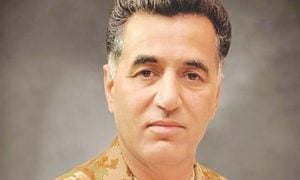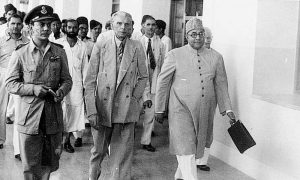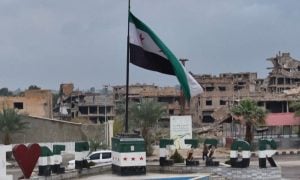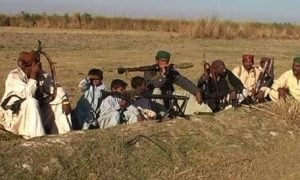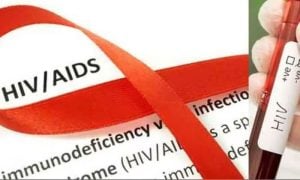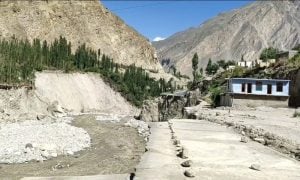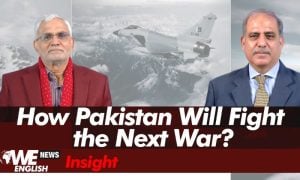Struggling, limping, brink of collapse, derailed, rescue, on verge of default and debt trap were the leading phrases used on social media and other discussion hotspots that lasted over six months easily related to Pakistan’s economy where external debt payments are more than country’s foreign exchange earnings.
An economic student could easily understand how the economy has been behaving where domestic currency wavered like a leaf in a storm if he or she closely watched the country’s economy where only pledges have been made to support the economy.
Since long we have been hearing that the country has been in ICU every finance minister in his press conference since last two decades held responsible his predecessors that he has “laid mine” before leaving the government.
Story is short whenever the new government saddled in Islamabad the pulse hinted that the new government has no immediate smooth sailing and has to shake hands with the IMF to keep the economy on track.
Previous government took charge in August 2018, a clear view was that they would immediately meet the IMF and signed the agreement. But they took seven months to decide and between that they raised slogans that we would sign an agreement on our terms. This delay caused colossal damage and rupee saw a depreciation of almost 20%
Agreement with the IMF reached in July 2019 which supported the domestic currency and some sanity prevailed.
Covid year was a devastating one for the economy which crippled the industrial output. The government came out with a plan to reduce the interest rate which touched to 7%. This propelled the growth and the industrial sector showed double digit growth. But the trend was short-lived and the economy once again hit hard where political instability since April 2022 with sacking of the former Prime Minister, delay in getting the IMF package, hike in commodity prices including crude oil due to Russia-Ukraine war and floods were enough to disturb the economic pattern.
The economic growth in the fiscal year ended June 30,2023 was 0.3 percent. If we take a cursory look at the economic data in the last two decades, the previous year growth for the second lowest numbers, the other was minus 0.9 percent in 2019-2020 mainly because of the pandemic.
Since the arrival of the current government rupee has depreciated by more than 34 percent whereas in the fiscal year from July 2022 to June 2023, depreciation was 28% which has been the worst ever year where erosion of the currency recorded. The dollar at interbank touched the all-time high of Rs 298.93 on May 11, 2023 while at open market on May 30 it reached a record high of Rs 312.
The erosion in the domestic currency coupled with commodities price hike triggered inflation rate. Continuous rise in the inflation rate that hit the roof of 39 percent in May which was also record high in the last 75 years forced the State Bank to keep on increasing interest rates. Interest rate now also at record high of 22 percent and since December 2021 to date rate showed a galloping rise of 12.25 percent with according to an analyst more shocks to come as International Monetary Fund after the long awaited approved Standby Agreement worth $3 billion program and one of the conditions laid down by them that the government has to adopt tighter monetary policy.
The IMF Standby Agreement reached just one day ahead of the expiry of the previous program signed in July 2019. The program was meant for three years but because of the covid-19 it got extension till June 30, 2023. The approval came late where several strings were attached to comply with the most difficult one was to bridge the financing gap.
The road ahead is quite bumpy because the government has pay around $25 billion in debt during the current fiscal year where our foreign exchange now strengthened after receiving $2 billion from Saudi Arabia, $1 billion from UAE and $1.2 billion from the IMF.
This all would increase the foreign exchange reserves level by $4.2 billion to almost $9 billion. The government also expected that China to rollover some $2 billion placed as deposits and $1.5 billion commercial loans with expectation of $500 million each from Asian Development Bank and World Bank which would reach to cumulative of around $10 billion, but still analysts believed that before end of this fiscal year following the arrival of the new government after election, the country would again debt payment crisis and only solution would be the new IMF program.
Ali Nawaz, CEO Chase Securities said the approval of Stand By Agreement is a good omen but we need to keep our house in order in the next nine months when this program ends.
We need to take such measures where our reliance on borrowing should be lessened”, he said.
The government’s top priority must be to boost exports and attract foreign direct investment.
The aim should be revamp and restructure so that if we wanted to go for another program at least conditions would be softened but in my view we need such measures which can decrease our dependence on borrowings, Ali Nawaz Said.
But an economist claimed that the measures sighted by the IMF to reform the economy have been the same as before in several programs agreed with the international financial institutions. The program which was agreed now could be accepted a year back. The economy would be back to normalcy and the rupee might be oscillating between Rs 220 to Rs 240.
These are some of the points which we could easily find from dozens of reviews made by the IMF since last over a decade or so, such as the authorities urgently need to strengthen energy sector viability by aligning tariffs with costs, reforming the sectors cost base, and better-targeting power subsidies.
Enhanced efforts required to expand the tax base and improve public financial management, including in the delivery of quality infrastructure, are needed and increase progressivity and efficiency.”
Enhance safety nets, strengthen governance, including of state-owned enterprises, and improve the business environment by creating a level-playing-field for investment and trade are necessary for job creation and raising inclusive growth.”
Yousuf Saeed, head of research at Darson Securities said that the recent inflows from KSA and UAE further increase the debt level of Pakistan. KSA deposited the amount with the SBP at the interest rate of 4% per annum while we expect a similar rate from UAE.
These inflows provide the breathing space for at least for next 6 to 9 months, however the next IMF program which will be expected after election is crucial for the economic survival and revival of Pakistan”, he said. Inflation to remain at a higher level which means policy rate to remain at current level or further increase if electricity and gas prices more fuel the inflation result in the economy to remain at lower growth level, said Yousuf.
“We have been living beyond our means and unfortunately the bad governance has aggravated the situation,” said Hammad Alam Querishi, an independent economist. We should consider this IMF program as an opportunity to restructure the economy. It’s a matter of now and never.
The government should abandon the practice of adhocism and treat the economy the way it deserves to be treated. “Its high time that our decision makers should stop giving incentives to powerful elites at the cost of putting a tax burden on the masses. We should introduce economic justice where each individual has equal right and economic opportunity”, Hammad said.
Amreen Soorani Head of Research JS Global Capital said that the SBP foreign exchange reserves currently stand around US$4bn. IMF’s first tranche, alongside receipts from Saudi Arabia & UAE are likely to double the SBP reserves in a couple of weeks, taking it to 9-month high levels and improving import cover from less than a month to about 1.5 months.
“It would be of utmost importance for all governing faces throughout the next nine months, which include the caretaker government and the new government, to continue progress on the pre-requisites of the tranche disbursements”, Amreen said.













